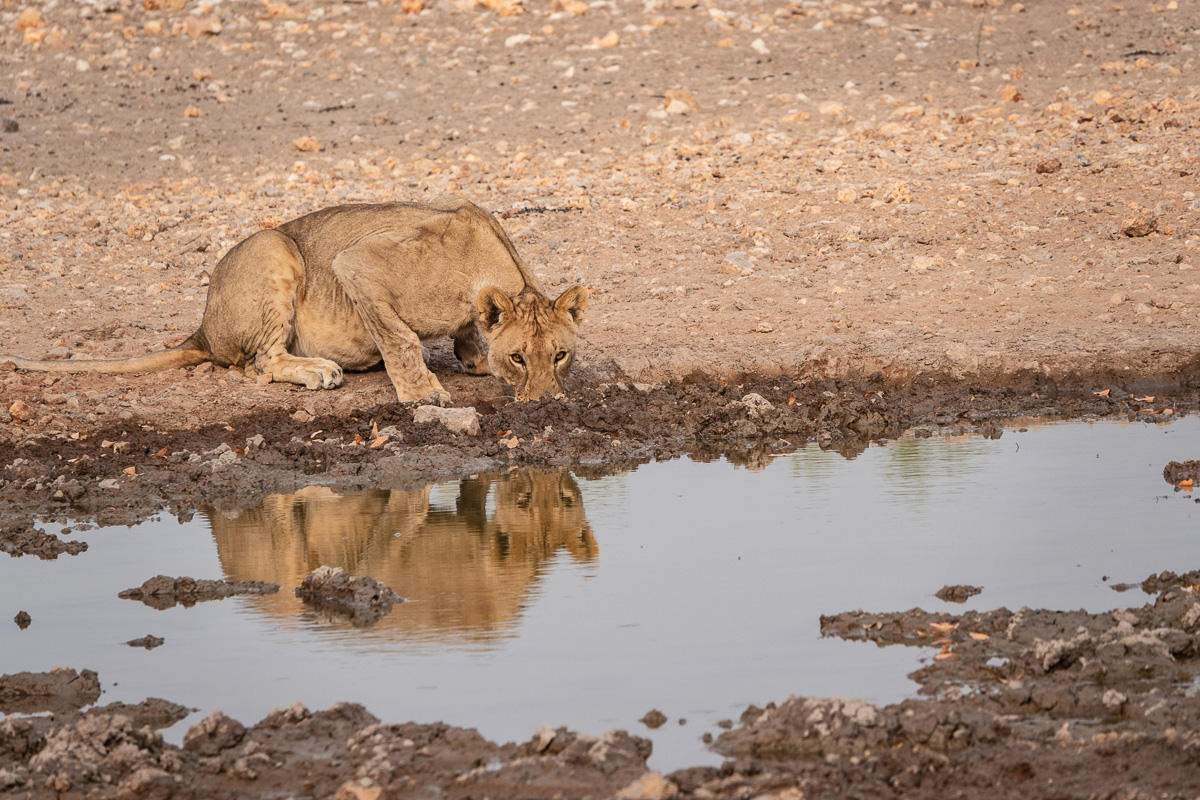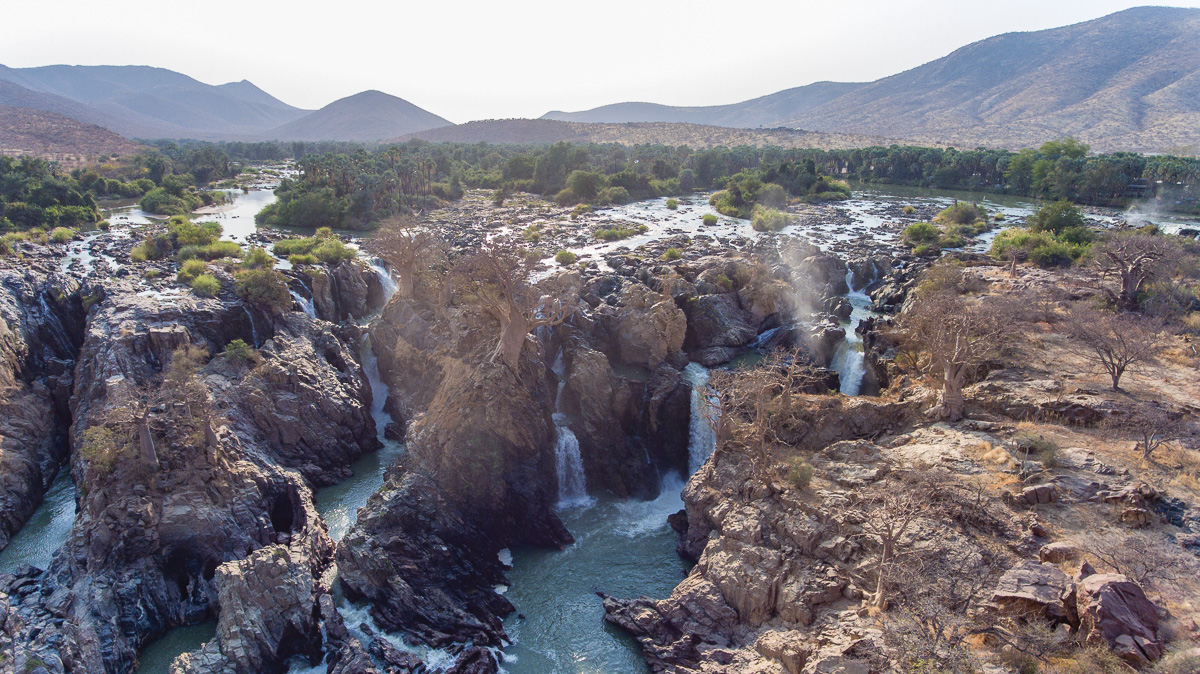
Consciousness is the new luxury
December 3, 2019
Explore Kaokoland and the wild northwest
December 11, 2019Prides of lion, prancing springbuck, unabashedly-staring kudu and the grey ghosts that are the elephants.
Undoubtedly Namibia’s most popular tourist attraction, Etosha National Park is the heart of the north-central region. In its centre is the largest salt pan in Africa that can even be seen from space. Etosha owes its unique landscape to the Pan, a vast, shallow chalky-white depression of approximately 5000 km2 that forms the heart of the park. Once a large inland lake fed by rivers from the north and east, it dried up 120 million years ago as continental drift changed the slope of the land and the course of the tributaries. What we call Etosha today was proclaimed as Game Reserve No 2 in 1907 by the then German Governor Friedrich von Lindequist. With subsequent additions it became the largest game reserve in the world, covering a vast area of ±80 000 km2. For political considerations, its size was progressively diminished until by 1975 it had been reduced by 77 per cent to its present surface area of 22 912 km2. Nevertheless, it is still mone of the largest game reserves in Africa. Of the 114 mammal species found in the park, several are rare and endangered, such as black rhino and cheetah, and the lesser-known black-faced impala, which is endemic to north-western Namibia and south-western Angola. Etosha’s current population of black rhino represents one of the largest populations of black rhino in the world. A series of waterholes along the southern edge of the pan guarantee rewarding and often spectacular game viewing. From camping-only at Olifantsrus to other lodgings inside the park, there is an even greater variety of accommodation options outside the park. The park is the ultimate stopover before heading on to the arid northwest, the verdant northeast, or even the surrounding culturally-rich land of the Aawambo people. The jewel in Namibia’s crown will most likely forever remain one of the most famous and favourite national parks in Africa.
FEATURES
- Etosha was first proclaimed a game reserve in 1907
- Today’s Etosha National Park spans across 22 912 km2
- The Etosha Pan covers 23% of the surface area of the park
- It is the largest saltpan in Africa, visible even from space
- The park hosts 114 mammal species and 340 bird species
ACTIVITIES & ADVENTURES
- Learn about life in the northern regions at the Nakambale Museum
- Stay over in a traditional village at the Ongula Village Homestead Lodge
- Indulge in birding in Etosha National Park and the surrounding areas
- Self-drive through Etosha National Park, Namibia’s most famous wildlife spot, or enjoy
a guided game drive on one of the neighbouring private nature reserves.

